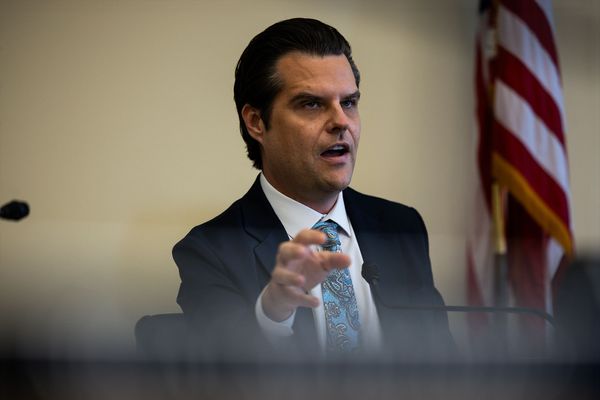
Is the Coalition really going to go to the next election promising a nuclear power industry that won’t be operational until mid century, will cost tens of billions, and will dramatically increase power costs for households?
Judging by how the opposition’s self-created timeline for announcing its “signature policy” has been pushed out — first from before the budget to June or July, and now to later this year — it looks increasingly unlikely.
It’s now no longer just the media — well, media with some basic critical faculties — pointing out the exorbitant cost, extravagant delays and higher prices required by nuclear power. The latest GenCost report from the CSIRO, an annual series examining power costs from a variety of technologies, spells out the gory detail of nuclear power in Australia.
Nuclear power couldn’t be deployed until 2040. The cost would be around $8,655/kW, or $8.6 billion for a one gigawatt plant. Small modular reactors would cost $18,200/kW. Both large-scale and small modular reactors, in 2030, are estimated to be the third most expensive, and most expensive, forms of power generation respectively. Both are far more expensive than solar and wind with firming.
Crucially, the CSIRO’s costings include a return on capital — crucial unless the Coalition wants to commit tens of billions of taxpayer funds to constructing its fleet of nuclear power plants. And the $8.6 billion is based on South Korea’s nuclear industry and the assumption of a continuous building program. Obviously Australia has no building program, let alone a continuous one. That means the $8.6 billion cost is applicable “only after an initial higher cost unit is constructed. The first unit of all first‐of‐a‐kind (FOAK) for Australia technologies are expected to be impacted by higher costs. This applies as much to nuclear as it does to other technologies such as offshore wind, solar thermal and carbon capture and storage. FOAK premiums of up to 100% cannot be ruled out.”
That is, Dutton’s first reactor might cost $17.2 billion. The cost will only come down for later ones. For six nuclear reactors, the cost will be $60 billion. And that’s the low estimate.
While based on South Korean numbers, the CSIRO’s numbers are not out of line with the Vogtle nuclear reactors in Georgia (there is no “continuous build” of nuclear power in the US; Vogtle is likely the last) which have just commenced operating and which ended up costing US$35 billion after various stops and starts and changes of ownership over 15 years.
If you want a reason why the CSIRO’s numbers are the lowest estimate and the real costs will end up being much higher, look no further than the Snowy 2.0 project, which has blown out its cost from $2 billion to $12 billion. Snowy 2.0, unlike nuclear power, is based on construction techniques Australia already has massive experience in — tunnelling, courtesy of dozens of urban toll roads across the country. But despite our expertise and wealth of experience in tunnelling, Snowy 2.0 now faces its second major shutdown with its prime boring machine once again stuck.
The Coalition will attack the CSIRO as somehow biased, but when the international experience, and the experts, serves up a clear set of data, it becomes harder even for the Coalition’s media spruikers to champion nuclear power — especially when the result will be dramatically higher power bills for consumers.
No wonder the “signature” policy has been put off until later in the year. What chance that the Coalition’s policy ends up being to have a(nother) comprehensive review of nuclear power — a panel of eminent Australians, perhaps? — rather than a commitment to go ahead from day one of a Dutton government.
But while the CSIRO report is bad news for Dutton, note what it says about carbon capture and storage, to which the Albanese government has committed as part of its surrender to the fossil fuel industry. Carbon capture and storage for gas — what the Albanese government is now spending a billion dollars on to encourage — is right now more expensive than large-scale nuclear power. And at least nuclear power works, unlike carbon capture. In 2023 terms, Peter Dutton’s proposal is cheaper for consumers than Labor’s carbon capture obsession and would actually function.

In 2030, the CSIRO estimates, carbon capture with gas will be cheaper than large-scale nuclear, but will still be more expensive for consumers than both solar thermal and solar and wind with firming.
That is, the Albanese government, with its surrender to its fossil fuel donors and climate denialist unions, wants to impose a significantly more expensive energy source on Australians than the one that is available now — and it doesn’t even work. Carbon capture is a fantasy — and you’re paying for it.







